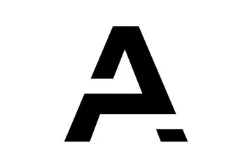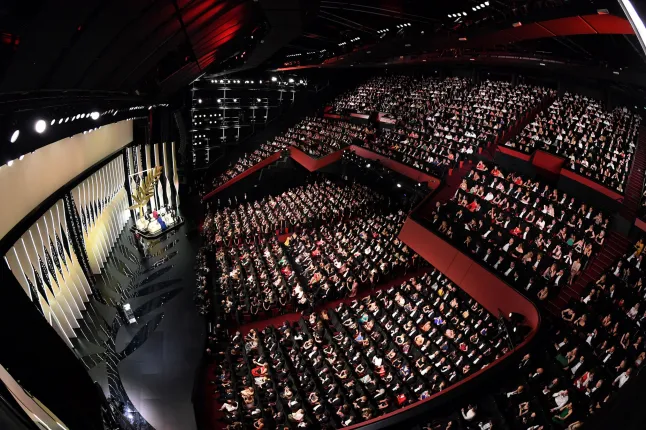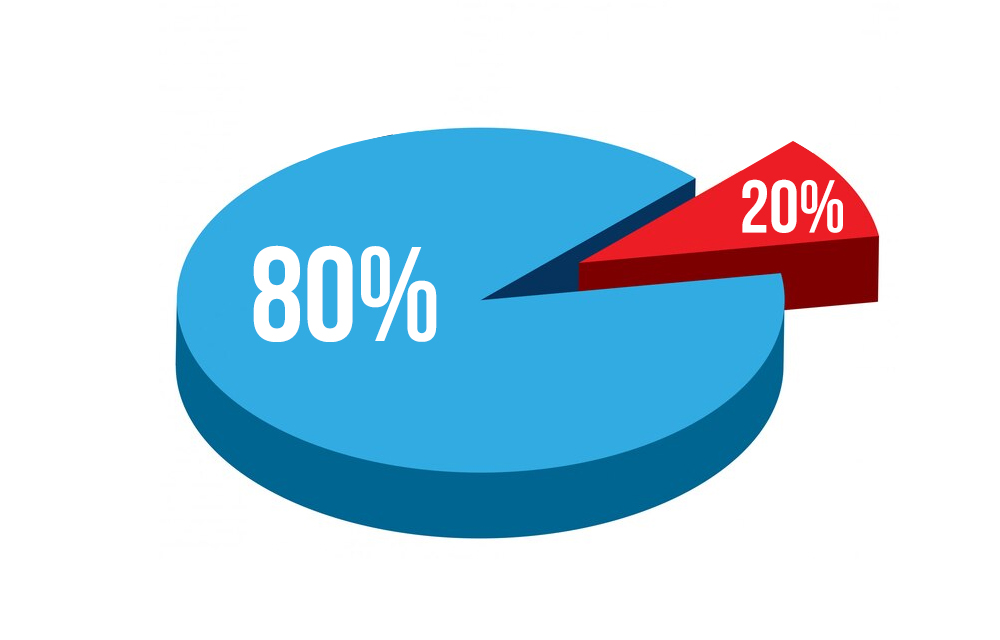By Priori Orators
“Your slide should support your story, not compete with it.”
— Anonymous Presentation Coach
Picture this.
You’re halfway through a big pitch. The room is packed. Eyes are on you. Your slide clicks forward. But instead of nods of comprehension, you see squints. Frowns. People leaning in, trying to decipher your graph, read your paragraph, or understand your message. You’ve lost them and you know it.
Welcome to the moment the Glance Test could have saved you.
What Is the Glance Test?
The Glance Test is a rule of thumb used by top-tier speakers, professional communicators, and presentation designers around the world. Simply put:
If your audience can’t understand your visual aid in 3–5 seconds, it’s not ready.
In those few seconds about the time it takes to glance at a billboard while driving by a good visual should deliver one clear idea. Not two. Not ten. One.
That’s how fast modern audiences process information. Whether you’re speaking in a boardroom, a town hall, or on national TV, people are scanning and judging instantly. In the age of short attention spans, your visuals must be instantly digestible.
Why the Glance Test Works
Humans are visual creatures. Research shows that people process images 60,000 times faster than text. But here’s the kicker: too much information leads to zero retention.
The Glance Test isn’t just a minimalist aesthetic trick. It’s rooted in cognitive load theory the idea that when our brains are overwhelmed with input, we retain less. So, when a slide is crammed with data, charts, bullet points, and fine print, your audience does the one thing you don’t want them to do:
They tune out.
You might be saying something brilliant, but they’re still reading slide 2’s fourth bullet point.
The High Cost of Failing the Test
Failing the Glance Test doesn’t just risk confusion it undermines your credibility.
- Your audience assumes you’re unprepared or don’t know what matters.
- It makes you look dependent on your slides.
- It distracts from your voice, your face, your presence all essential in the art of persuasion.
Think of your visuals as backup singers. They enhance, but you’re the star. If the backup singers start belting over your solo, the performance falls apart.
How to Build Glance-Test-Proof Slides
At Priori Orators, we believe in smart simplicity. Here’s our tried-and-true checklist for visuals that pass the Glance Test:
One Idea per Slide
Boil it down. What’s the one thing you want your audience to take from this slide? Say that, and design around it.
Visual Hierarchy
Use bold titles. Make key numbers or takeaways large. Guide the eye with alignment and spacing.
Minimal Text
A good slide has no more than 6 words per line and no more than 6 lines total. If it reads like an essay, delete, revise, repeat.
Data That Speaks
Graphs? Use only what’s needed. Remove gridlines, axes if possible. Highlight just the trend or point that matters. Less is always more.
Consistent Style
Stick to 1–2 fonts, a clear color scheme, and consistent layout. Visual harmony helps cognitive ease.
Real-World Example: Before and After
Imagine you’re giving a talk on rising youth unemployment.
Your original slide reads:
“The youth unemployment rate in Nigeria reached 53.4% in the last quarter, indicating a growing socio-economic challenge that threatens long-term national stability and increases vulnerability to crime, radicalization, and economic migration.”
It looks like a mini thesis. But what if you simplified?
New Slide:
- Title: Youth Unemployment Hits 53.4%
- Image: A silhouette of young people with crossed arms, standing still
- Subtext: One in two Nigerian youths has no job.
Now that passes the Glance Test. It provokes, informs, and invites you to speak more without saying it all.
The Glance Test in Action
When we train executives, military officers, entrepreneurs, and spokespersons at Priori Orators, we run one simple drill:
We flash their slide on screen for 4 seconds and ask the room: “What’s the point?”
If the answers are scattered, vague, or missing entirely, the slide fails. The fix? Streamline. Clarify. Sharpen. By the time we’re done, each slide is like a headline: punchy, powerful, precise.
The Priori Orators Edge
We don’t just teach people to speak. We teach them to command.
That means not only working on your words and your voice but also on your visual presence. Because in every presentation, every pitch, and every talk, you’re not just sharing information.
You’re shaping perception.
When you design slides that pass the Glance Test, you signal to your audience that you’re focused, disciplined, and in control. That’s leadership.
Final Word
Before your next big presentation, do yourself and your audience a favor:
Run the Glance Test.
Flash your slide. Ask a colleague, “What did you see?”
If they can’t tell you in one sentence, don’t panic. Edit, refine, repeat. Your story deserves visuals that match its clarity and power.
And if you want help crafting presentations that pass not just the Glance Test but the Influence Test you know where to find us.
Priori Orators. Speak Powerfully. Lead Clearly.







